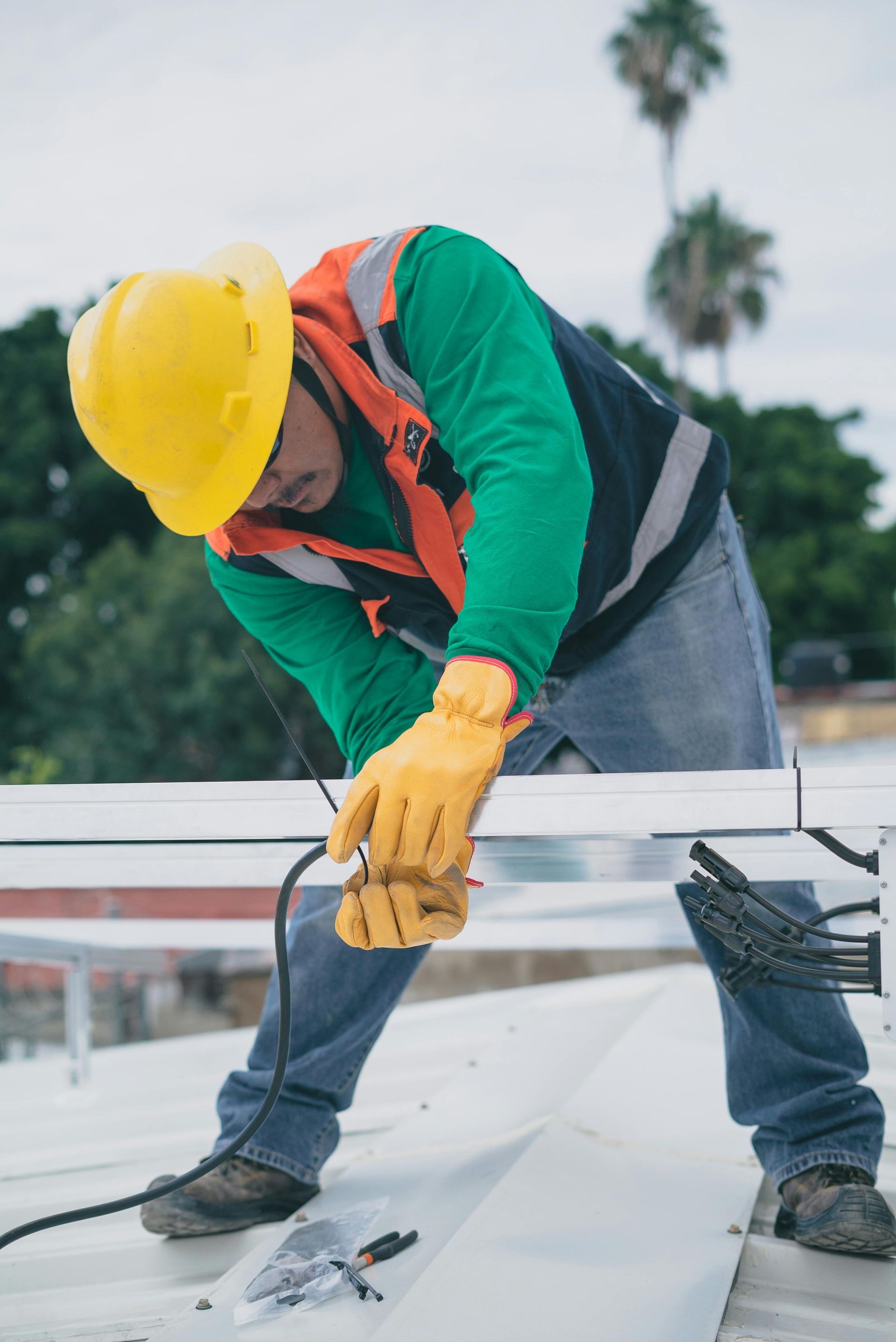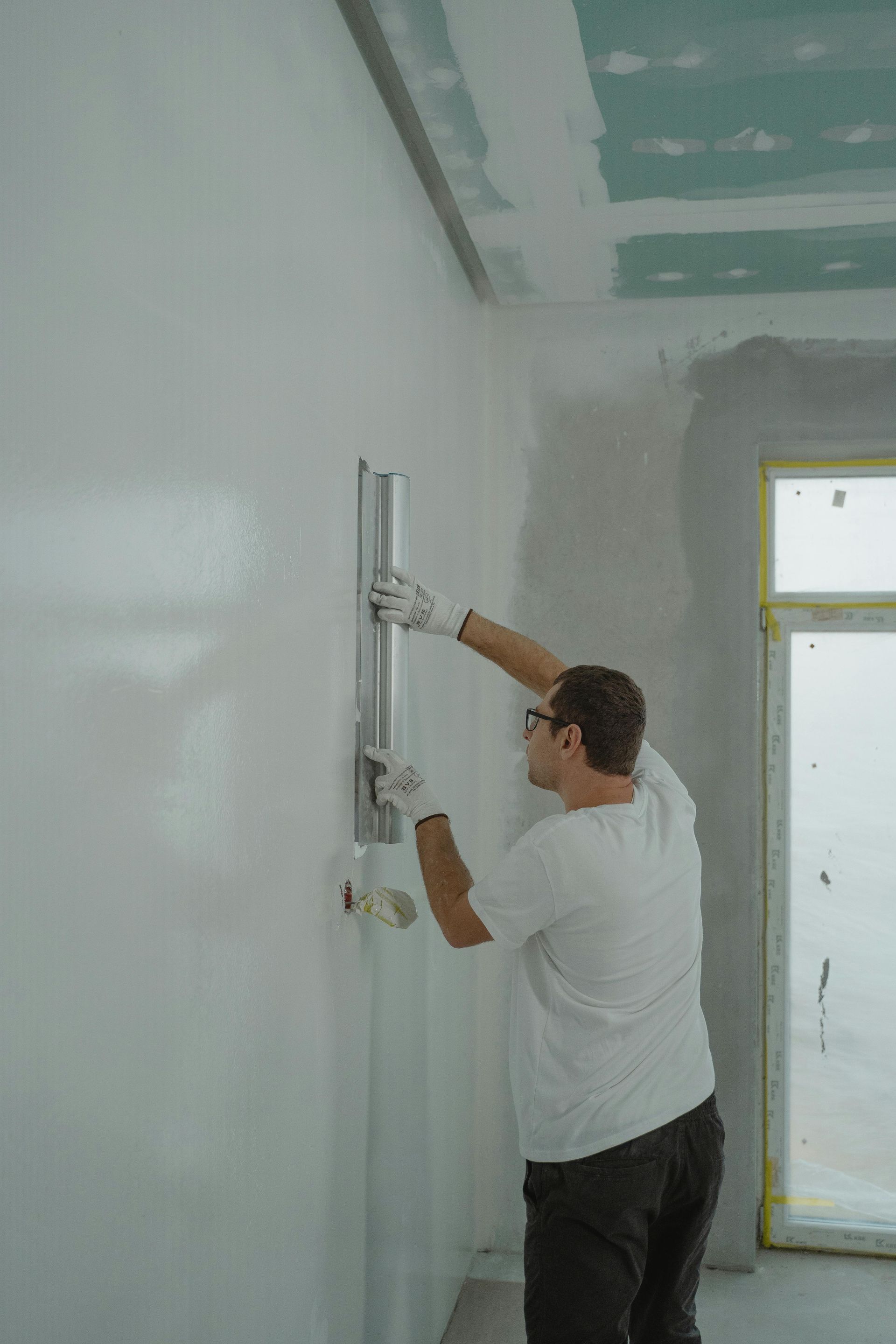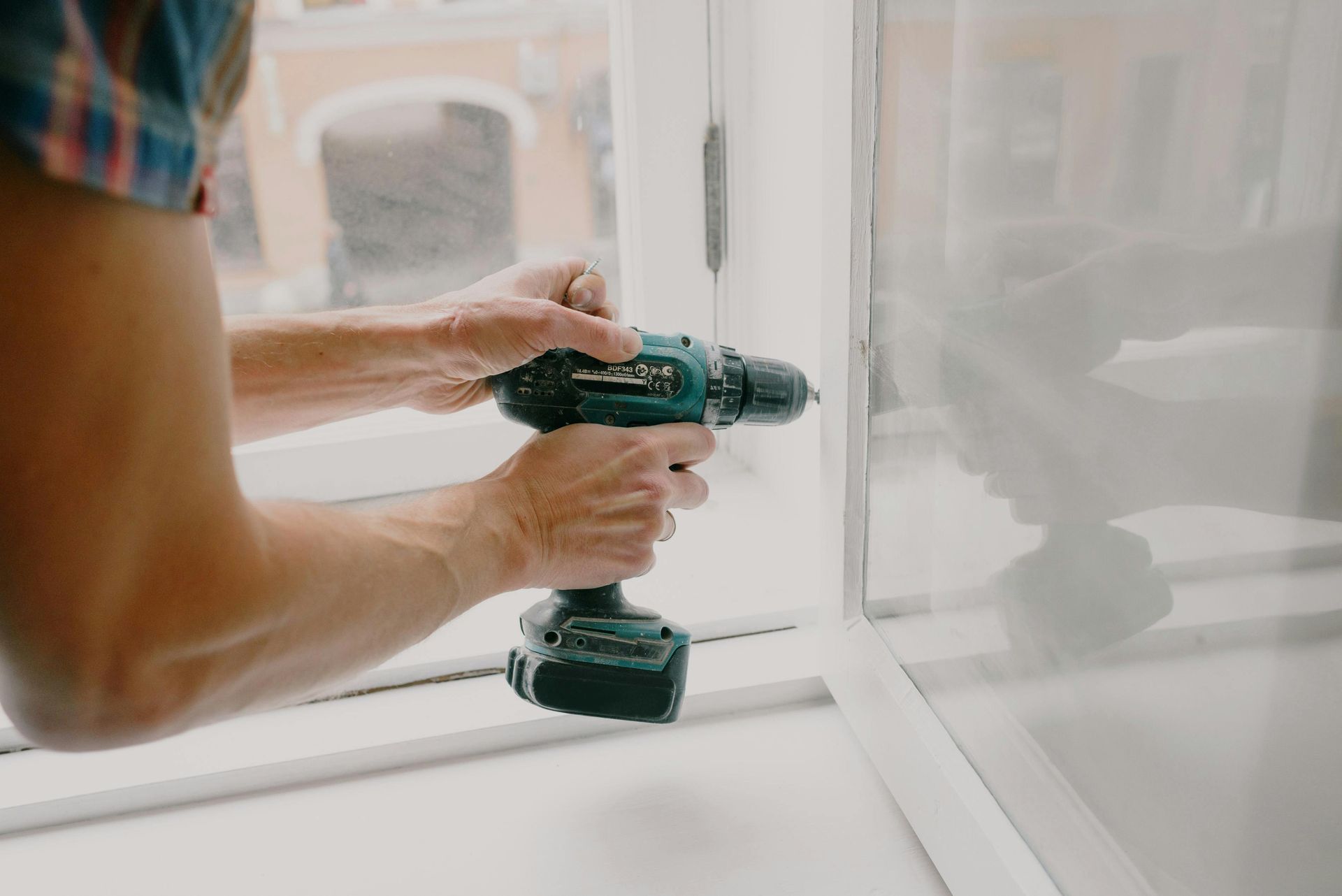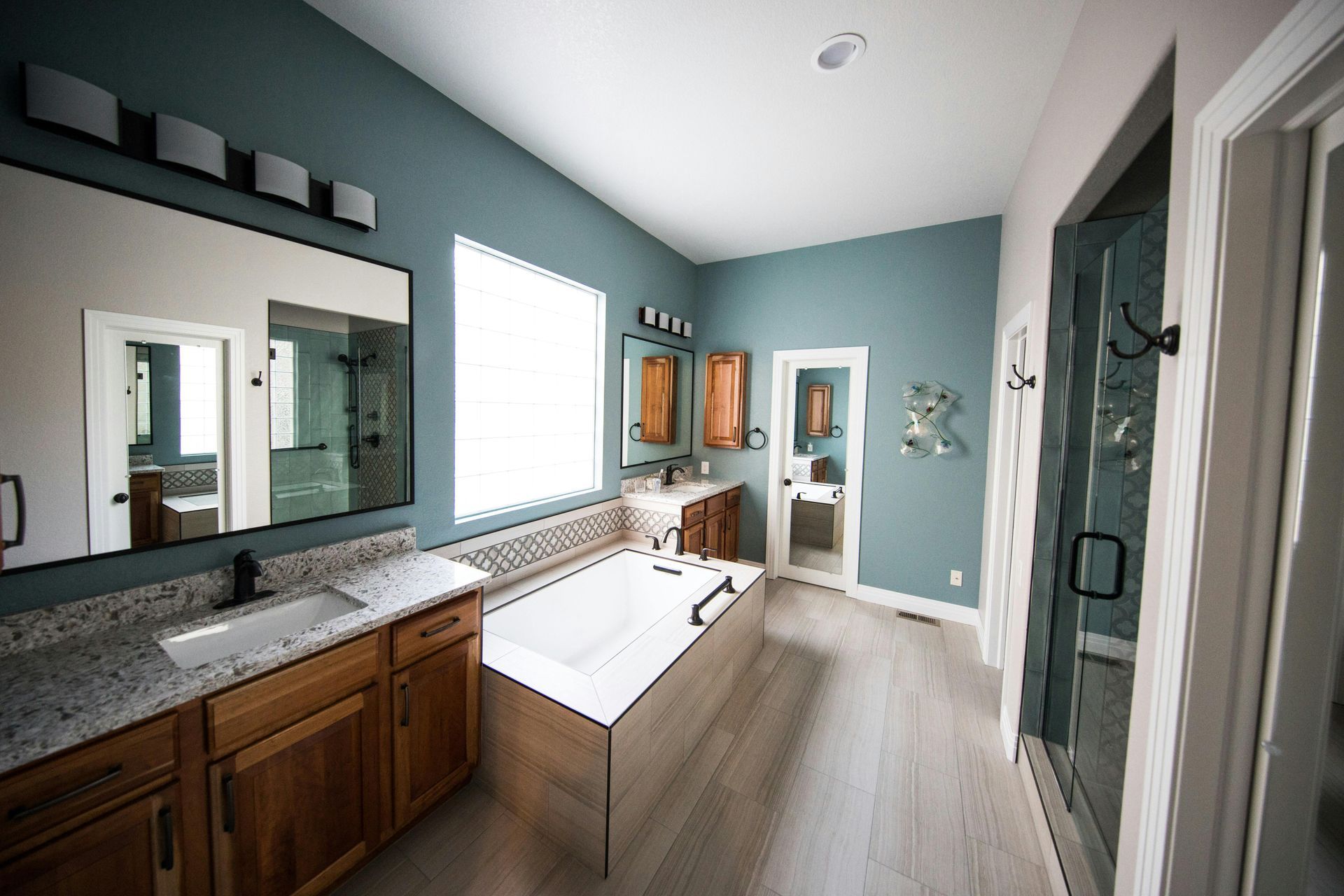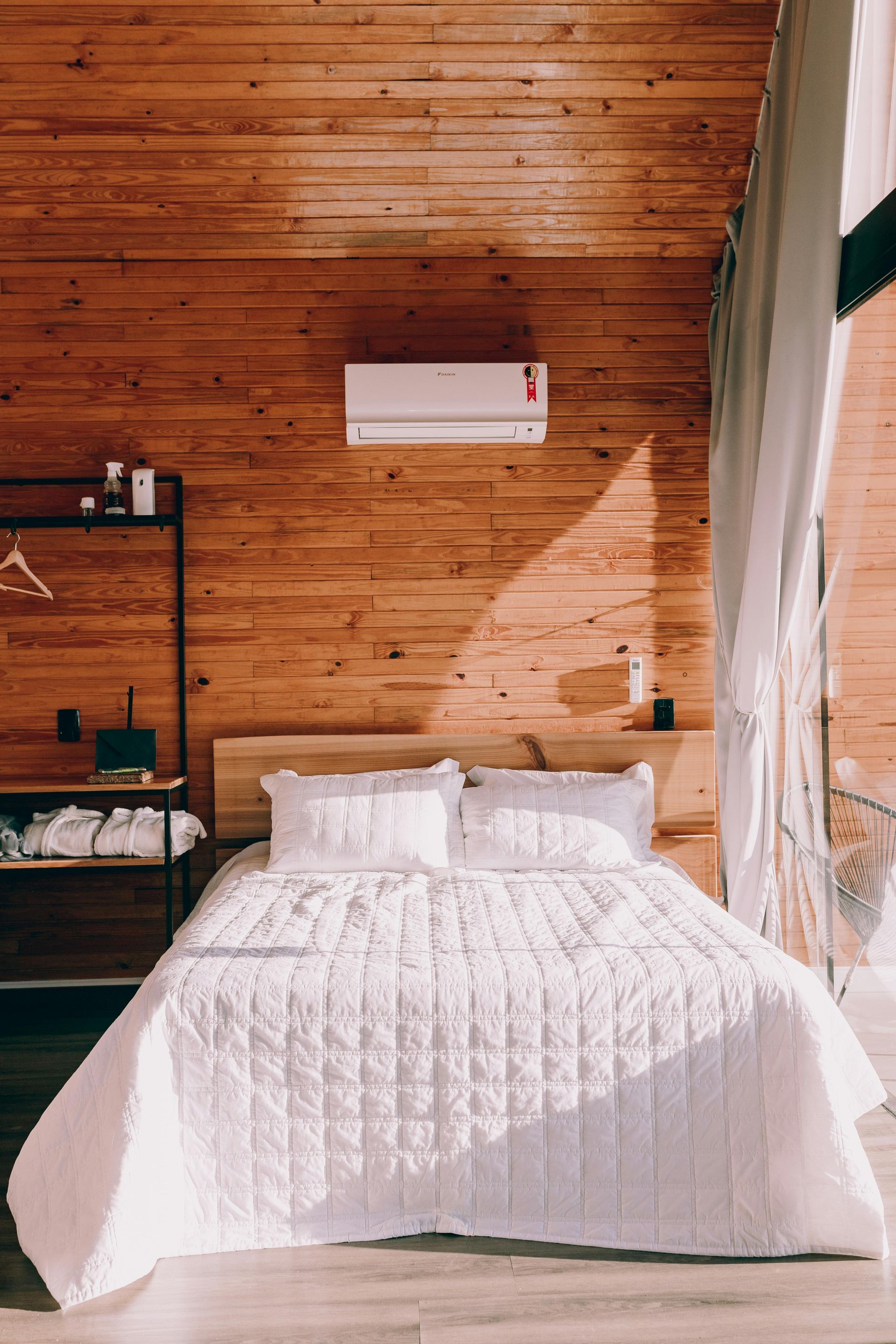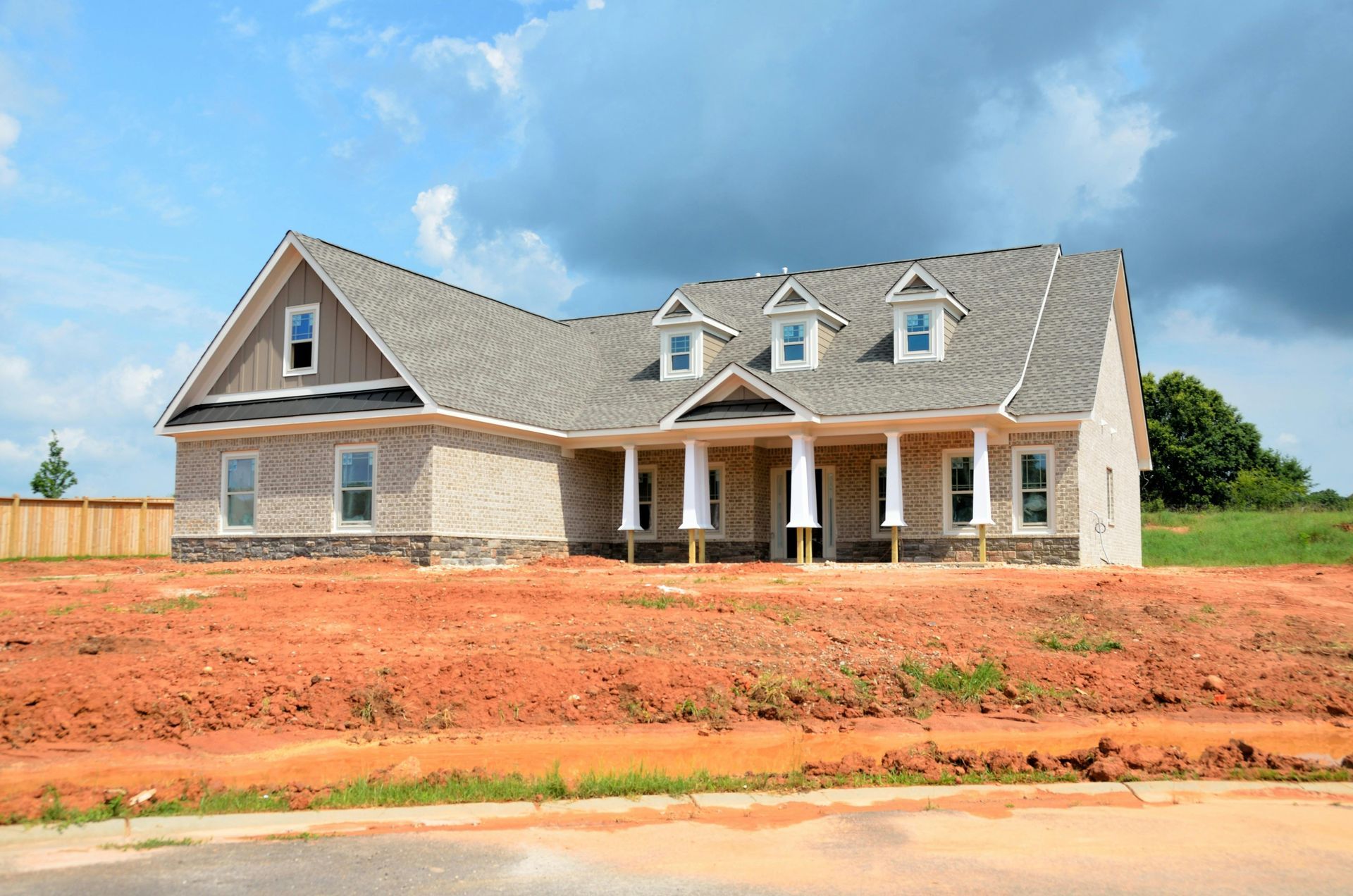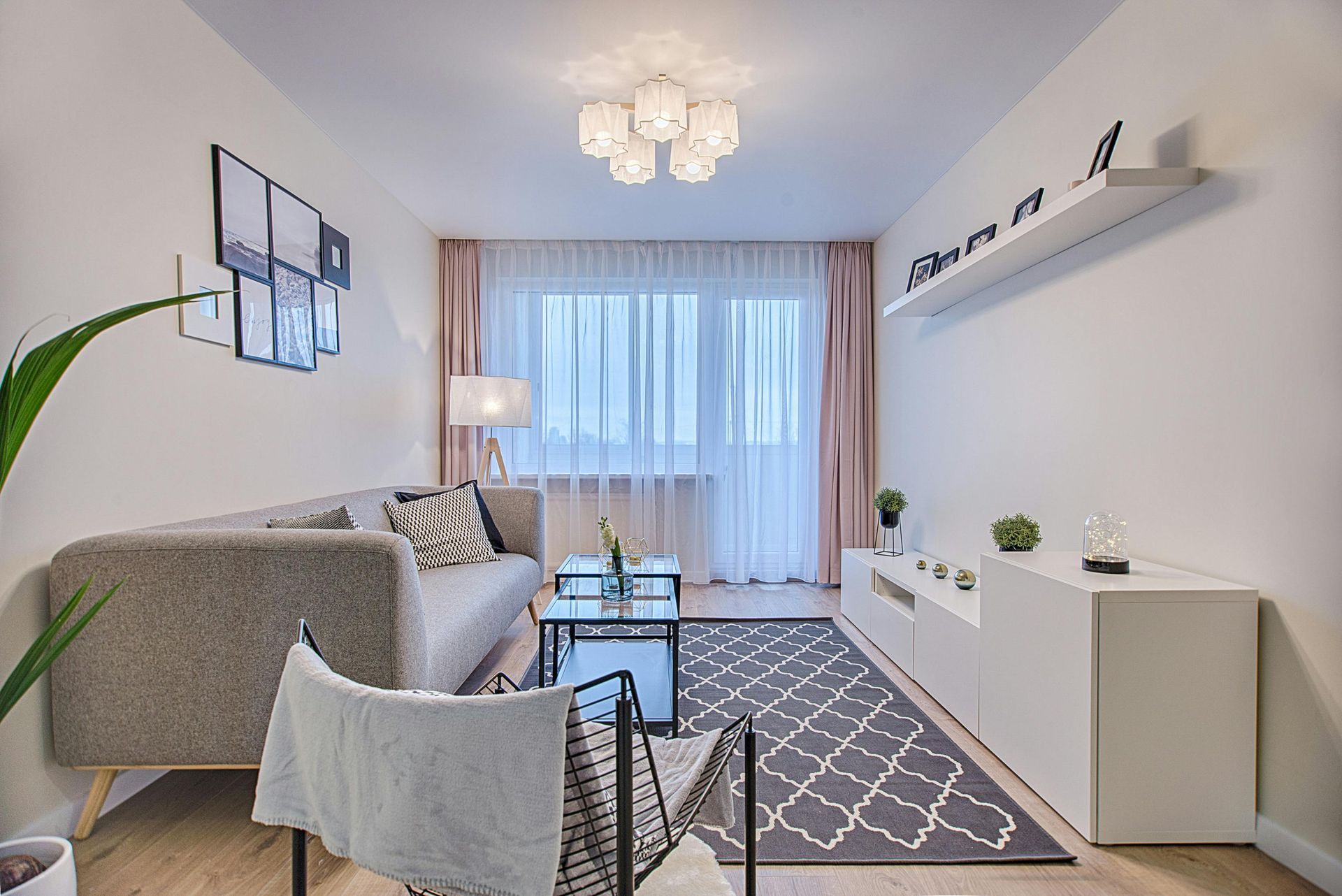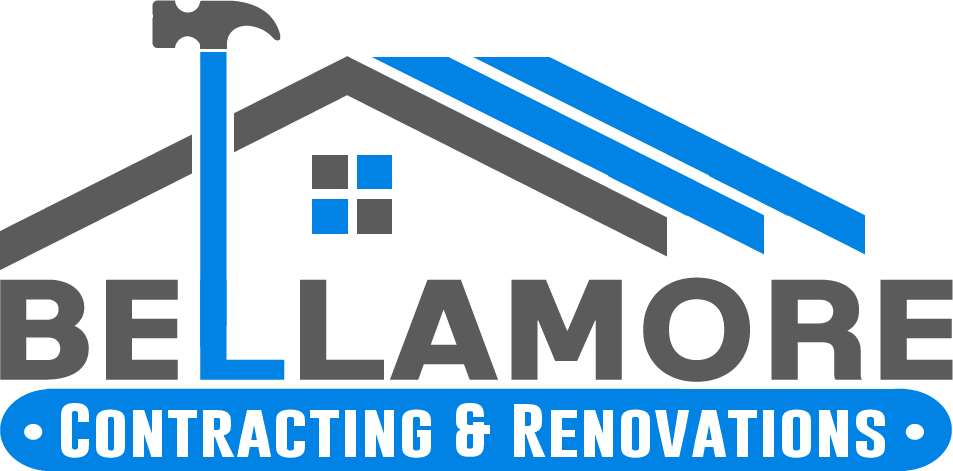Licensed (#RBC-21-01654) & Insured
Local References Available Upon Request
Licensed (#RBC-21-01654) & Insured | Local References Available Upon Request
Designing a Custom Porch for Style and Comfort
A porch is more than just an entryway or an extension of your home—it’s a space that enhances curb appeal, provides a welcoming atmosphere, and offers a functional outdoor retreat. Whether you envision a classic front porch for greeting guests, a wraparound porch for expansive views, or a screened-in porch to enjoy the fresh air without pests, the right porch can transform the way you experience your home. With endless design possibilities, porches can be customized to fit any style and function, blending seamlessly with your home's architecture while improving its overall value.
A well-designed porch creates a seamless transition between indoor and outdoor living. It offers a place to unwind, socialize, or enjoy a peaceful moment surrounded by nature. From small, intimate spaces to grand covered porches, this addition is an investment in comfort and beauty. Understanding different porch styles, materials, and customization options can help you design a space that perfectly suits your needs and lifestyle.
Choosing the Right Porch for Your Home
Every home has a unique aesthetic, and selecting the right porch design is essential to achieving both functionality and visual harmony. There are several types of porches to consider, each offering its own advantages.
Front porches are one of the most popular and timeless options. They serve as an inviting space to welcome guests while boosting curb appeal. Whether adorned with rocking chairs, porch swings, or seasonal décor, a front porch enhances the home's exterior and creates a friendly first impression.
Wraparound porches are ideal for homeowners who want to maximize their outdoor space. Extending around multiple sides of the home, these porches provide additional room for seating, dining, or relaxation. Wraparound porches are particularly well-suited for homes with traditional or farmhouse-style architecture, offering charm and panoramic views.
Screened-in porches bring the outdoors inside while providing protection from insects and unpredictable weather. These porches allow homeowners to enjoy fresh air year-round without the hassle of mosquitoes or excessive sun exposure. Screened-in porches can be enhanced with ceiling fans, cozy furniture, and durable flooring to create a comfortable retreat.
Back porches provide a private sanctuary for relaxation and entertaining. Unlike front porches, which are designed for curb appeal and social interaction, back porches offer a secluded escape. They can be customized with outdoor kitchens, fire pits, or lounge seating to create a backyard oasis.
Second-story porches add an elegant touch to a home while offering elevated views of the surrounding landscape. Whether used as a quiet retreat or an outdoor extension of a bedroom, second-story porches provide an exclusive and stylish feature for multi-level homes.
Porch Materials and Design Considerations
Selecting the right materials is crucial to ensuring durability, aesthetics, and long-term performance. The flooring, roofing, and supporting structures should be chosen based on climate conditions, maintenance preferences, and architectural style.
Wood remains a classic and widely used porch material due to its natural beauty and versatility. Cedar and redwood are popular choices for their resistance to decay and insects. However, wood requires regular maintenance, including staining or sealing, to prevent weather damage.
Composite materials provide the charm of wood without the extensive upkeep. Made from a blend of recycled wood fibers and plastic, composite decking resists moisture, fading, and warping. It is a low-maintenance option for homeowners who want durability without the need for frequent refinishing.
Concrete and stone create a solid and elegant foundation for porches. These materials are ideal for homeowners seeking a sturdy, slip-resistant surface that withstands the elements. Stamped concrete and natural stone offer a range of design possibilities, from rustic to modern.
Roofing styles can vary depending on the desired level of coverage and protection. A fully covered porch provides shade and shelter, making it usable in various weather conditions. Partially covered or pergola-style porches allow for sunlight exposure while still offering some shade.
Railings and columns add structural integrity and aesthetic appeal to a porch. Whether opting for traditional wooden balusters, sleek metal railings, or decorative columns, these elements contribute to the overall design while ensuring safety.
Lighting is essential for creating ambiance and functionality in a porch space. Recessed lighting, pendant fixtures, or lantern-style sconces provide illumination while enhancing the porch’s style. Electrical outlets can also be incorporated for convenience, allowing homeowners to install fans, heaters, or even outdoor entertainment systems.
Enhancing Your Porch for Comfort & Style
A well-designed porch extends beyond aesthetics—it should offer comfort, functionality, and a welcoming atmosphere. Built-in seating, such as benches with hidden storage or cushioned lounge areas, maximizes space and provides convenience. Porch swings and hammocks add a touch of relaxation, making the space more inviting.
Outdoor furniture should be selected based on durability and weather resistance. Materials like teak, aluminum, and all-weather wicker ensure longevity while maintaining style. Coordinating rugs, pillows, and décor can bring a cohesive look to the porch while reflecting personal taste.
Incorporating greenery and landscaping enhances the connection between the porch and the surrounding outdoor space. Planters, hanging baskets, and climbing vines add a fresh and lively touch. Vertical gardens or trellises can create privacy while softening the edges of the porch.
Screen or glass enclosures allow porches to be enjoyed year-round, regardless of the weather. While screens keep bugs out and improve airflow, glass enclosures offer insulation and protection from wind or rain, turning the porch into a functional indoor-outdoor space.
Functional Features for a Versatile Porch
A porch can serve multiple purposes beyond a traditional sitting area. Incorporating a dining or entertainment section allows homeowners to host outdoor gatherings or enjoy meals in the open air. Adding an outdoor fireplace or heating elements extends the usability of the porch into colder months, making it a cozy year-round retreat.
Privacy solutions, such as lattice screens, drapery, or decorative partitions, offer seclusion without compromising aesthetics. These features create a more intimate setting, perfect for relaxation or socializing.
For homes with limited space, multi-functional porches can be designed to serve as both an entryway and a storage solution. Built-in shelving, coat hooks, or storage benches help keep outdoor essentials organized while maintaining a clutter-free environment.
The Benefits of Adding a Porch
A porch enhances a home in numerous ways, making it a valuable investment. Increased property value is one of the primary advantages, as buyers are often drawn to homes with well-designed outdoor spaces. A thoughtfully crafted porch can significantly boost curb appeal, making the home more attractive to potential buyers.
Beyond aesthetics, porches expand living space, providing an additional area for relaxation, entertainment, or daily activities. They encourage outdoor living while offering shelter and protection from the elements.
Energy efficiency is another benefit of adding a porch. A covered porch helps regulate indoor temperatures by providing shade and reducing direct sunlight exposure. This can lower cooling costs in the summer while acting as an additional buffer against cold drafts in the winter.
Installation Considerations and Maintenance
Before building a porch, it is essential to consider zoning regulations, permits, and structural requirements. Each city has specific guidelines regarding porch additions, and securing the necessary permits ensures compliance with local building codes.
Ensuring structural integrity is crucial for long-term durability. Proper foundation support, weather-resistant materials, and expert craftsmanship contribute to a porch’s stability and performance over time.
Regular maintenance helps preserve the beauty and functionality of a porch. Wood porches require periodic staining or sealing, while composite materials may need occasional cleaning to prevent dirt buildup. Routine inspections of railings, flooring, and roofing help identify any necessary repairs early on.
Create Your Dream Porch
A custom-designed porch enhances your home’s charm, comfort, and functionality. Whether it’s a cozy front porch, a spacious wraparound porch, or a screened-in retreat, the right design transforms your outdoor space into a valuable extension of your home. By selecting quality materials, incorporating thoughtful features, and ensuring expert installation, your porch can serve as a stylish and inviting area for years to come.
Investing in a porch tailored to your needs and preferences not only improves daily living but also increases your home’s overall appeal and value. With a carefully designed porch, you can enjoy the perfect balance of beauty, comfort, and practicality.
If you’re ready to enhance your home with a custom porch, contact us today. Our team of experts will work with you to create a porch that suits your lifestyle, complements your home’s architecture, and provides a space where you can relax and connect with family and friends. Let us bring your vision to life with a beautifully crafted porch that enhances your home inside and out.


